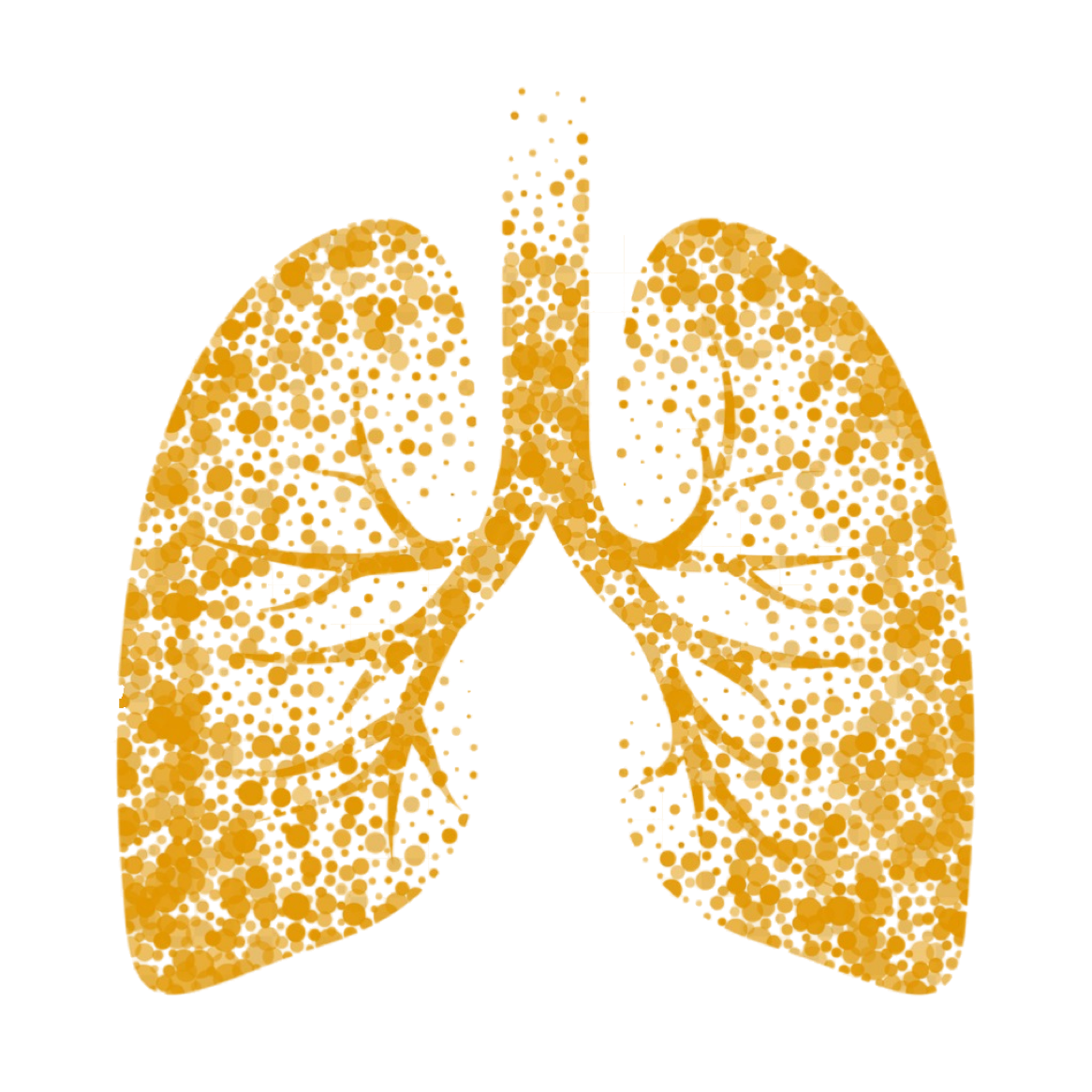Science and Technology
Innovative scientific research and technological developments form the basis of our solution.
Research
At Breathomix, our solution and analysis services are utilized by clinical and academic partners across a diverse array of applications. We are pioneering future applications in diagnostics and precision medicine for various types of cancer, as well as infectious and inflammatory diseases. Breathomix is at the forefront of meeting the growing demand for precision medicine.
Technology
The BreathBase Solution combines the user-friendly SpiroNose device with an advanced online analysis platform, providing a comprehensive solution for measuring and analyzing the full spectrum of volatile organic compounds (VOCs) in exhaled breath. Easily integrate exhaled breath analysis into your clinical studies by leasing the all-in-one BreathBase Solution. Optimize your research with precise, non-invasive VOC measurement and analysis.
BreathBase Solution
Challenges in the Diagnosis and Management of Respiratory Diseases
Respiratory diseases are highly prevalent and lead to significant morbidity and mortality. Despite global standards for diagnosing and managing conditions such as asthma, COPD, and lung cancer, there is considerable variability among individual patients with the same diagnosis.
Modern medicine has fundamentally advanced by recognizing that the biological mechanisms driving abnormalities in different patients can vary substantially. This variability has significant implications for therapy selection. The effectiveness of current and emerging (biological) treatments varies widely among patients, depending on their underlying molecular networks.
However, common diagnostic tools in clinical practice are inadequate for stratifying individual patients based on their biological heterogeneity. This necessitates detailed ‘phenotyping’ of patients. Capturing the molecular disease signatures of individual patients represents a transformative step in the diagnosis and management of respiratory diseases. Exhaled air analysis is a promising method for achieving this goal.


Why using exhaled breath?
Capturing complex biological information about individual patients is crucial for personalized medicine. While current molecular platforms like transcriptomics and proteomics are ideal, their extensive lab procedures limit clinical applicability. The challenge is to bring molecular medicine to point-of-care.
Exhaled breath, containing a mix of metabolites and their fragments (VOCs), offers a non-invasive solution. These compounds, originating from the respiratory tract, lungs, and blood, can be measured using analytical chemistry or electronic noses (eNoses). Due to the broad metabolic spectrum of exhaled air, molecular pattern recognition is highly effective for diagnosing and phenotyping patients.
The breakthrough with eNose technology is its real-time analysis and standardized connection to a cloud-based reference database (BreathBase). This system provides evidence-based probabilities for diagnosing and identifying phenotypes of diseases like asthma, COPD, and lung cancer at the point-of-care. For the first time, in-depth diagnostic information is available during patient consultations, greatly enhancing individual patient management.
Our Technology
Diagnostic tests are crucial in modern medicine, guiding clinicians towards optimal patient outcomes through effective management strategies. While tests like spirometry, blood tests, and induced sputum are common in respiratory medicine, their need for laboratory procedures limits their use in a doctor’s office.
Missing Link
BreathBase addresses the missing link in breathomics by combining:
- Reproducible and interchangeable eNose data
- AI for real-time pattern recognition
- An integrated, clinically validated database for data-driven medicine
Reproducible and interchangeable
SpiroNose sensor data is reproducible and interchangeable (De Vries ERJ 2018 & De Vries JBR 2015), with algorithms that ensure consistent results across different devices. This allows for result exchange between labs and locations, essential for clinical implementation.
Artificial Intelligence
The BreathBase Platform uses advanced signal processing and an extensive AI-infused online database to analyze exhaled breath in real-time. This enables predictive insights for accurate diagnosis and treatment response assessment.
Data driven medicine
The simplicity of the breath test, combined with the integrated database, supports data-driven medicine. Physicians and GPs have immediate access to comprehensive data, enhancing patient care. Each patient’s breath data, gathered during clinical research, enriches the database, improving future classifications.

